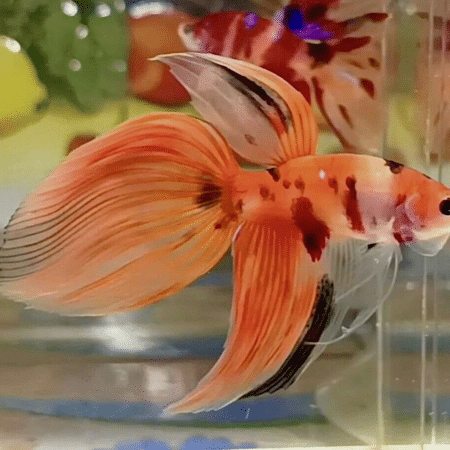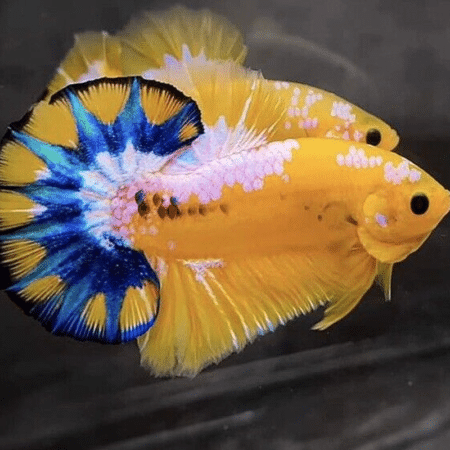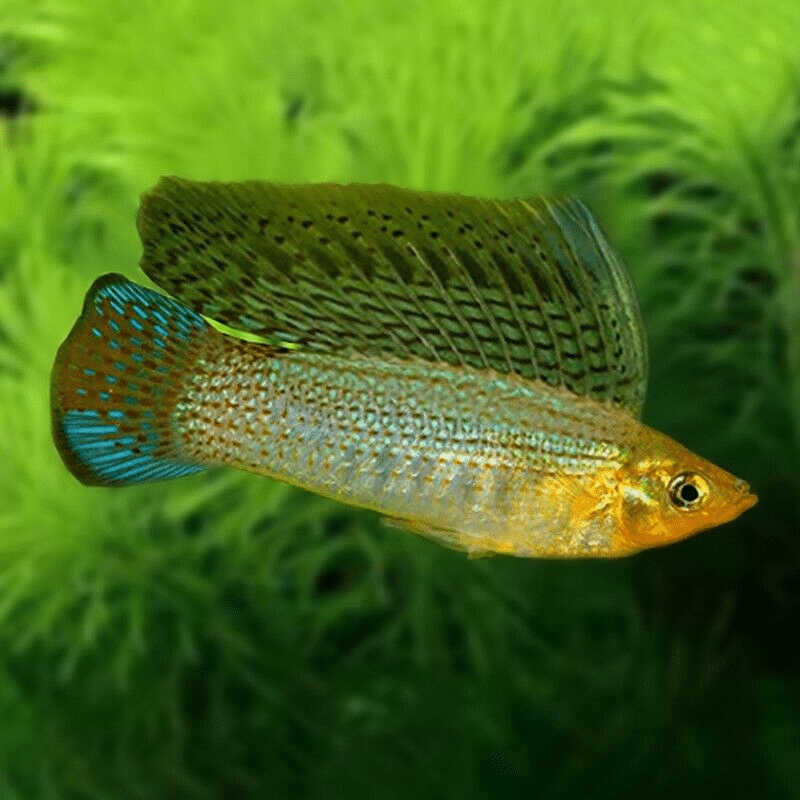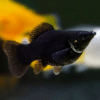To provide the best experiences, we use technologies like cookies to store and/or access device information. Consenting to these technologies will allow us to process data such as browsing behaviour or unique IDs on this site. Not consenting or withdrawing consent, may adversely affect certain features and functions.
The technical storage or access is strictly necessary for the legitimate purpose of enabling the use of a specific service explicitly requested by the subscriber or user, or for the sole purpose of carrying out the transmission of a communication over an electronic communications network.
The technical storage or access is necessary for the legitimate purpose of storing preferences that are not requested by the subscriber or user.
The technical storage or access that is used exclusively for statistical purposes.
The technical storage or access that is used exclusively for anonymous statistical purposes. Without a subpoena, voluntary compliance on the part of your Internet Service Provider, or additional records from a third party, information stored or retrieved for this purpose alone cannot usually be used to identify you.
The technical storage or access is required to create user profiles to send advertising, or to track the user on a website or across several websites for similar marketing purposes.


















Emily Carter (verified owner) –
I recently purchased 10 Green Sailfin Mollies, and I couldn’t be happier! After a week in my 55-gallon aquarium, they’re thriving and have already begun to showcase their stunning colors. These freshwater fish are not just beautiful to look at; they have such delightful personalities! I love watching them swim around—it’s like having tiny jewels in my tank.
Compared to other mollies I’ve had, these sailfins are much more vibrant and active, which adds so much life to my aquarium. I was a bit concerned about their adaptability, but they settled in quickly and have shown no signs of stress. Their care has been straightforward, which is perfect for any aquarist looking to enhance their tank’s biodiversity.
I highly recommend these mollies for anyone looking to add a splash of color and activity to their setup. Just make sure to provide plenty of swimming space and some plants for them to hide in, as they thrive in a well-decorated environment. Overall, a fantastic experience, and I would definitely buy again!